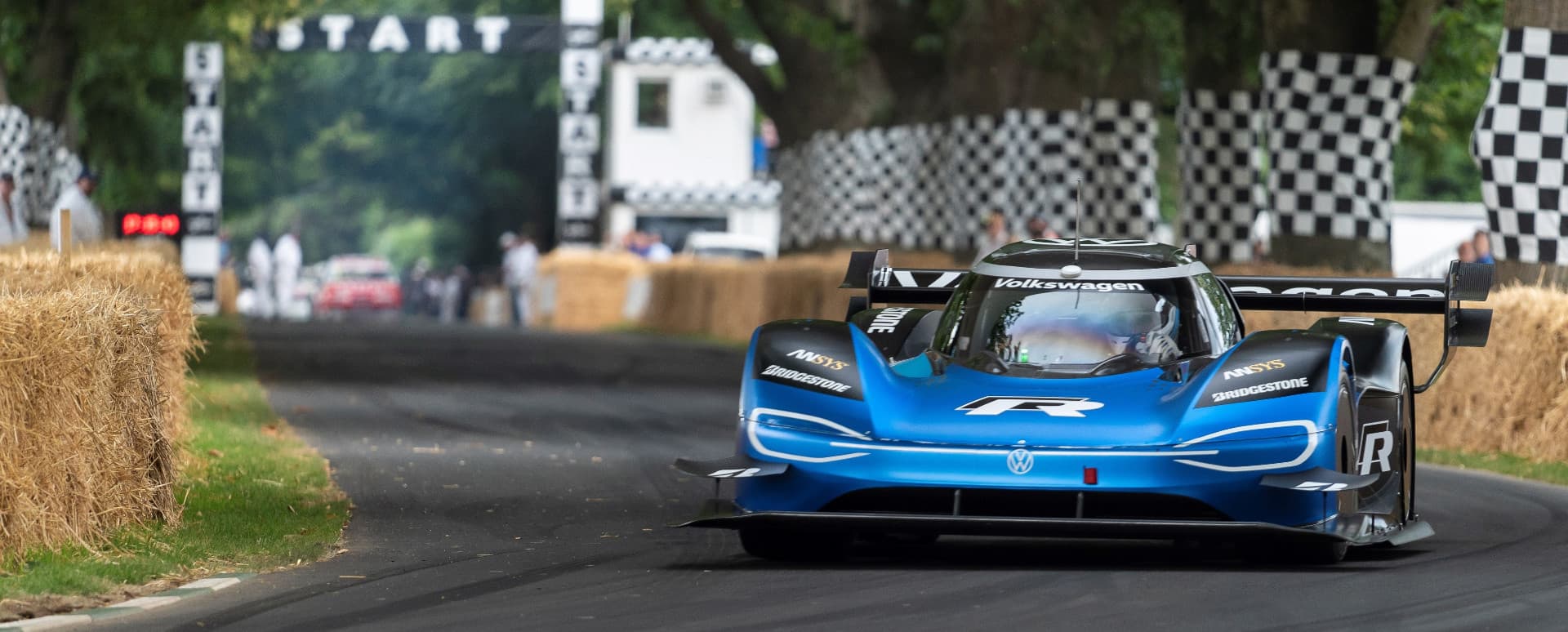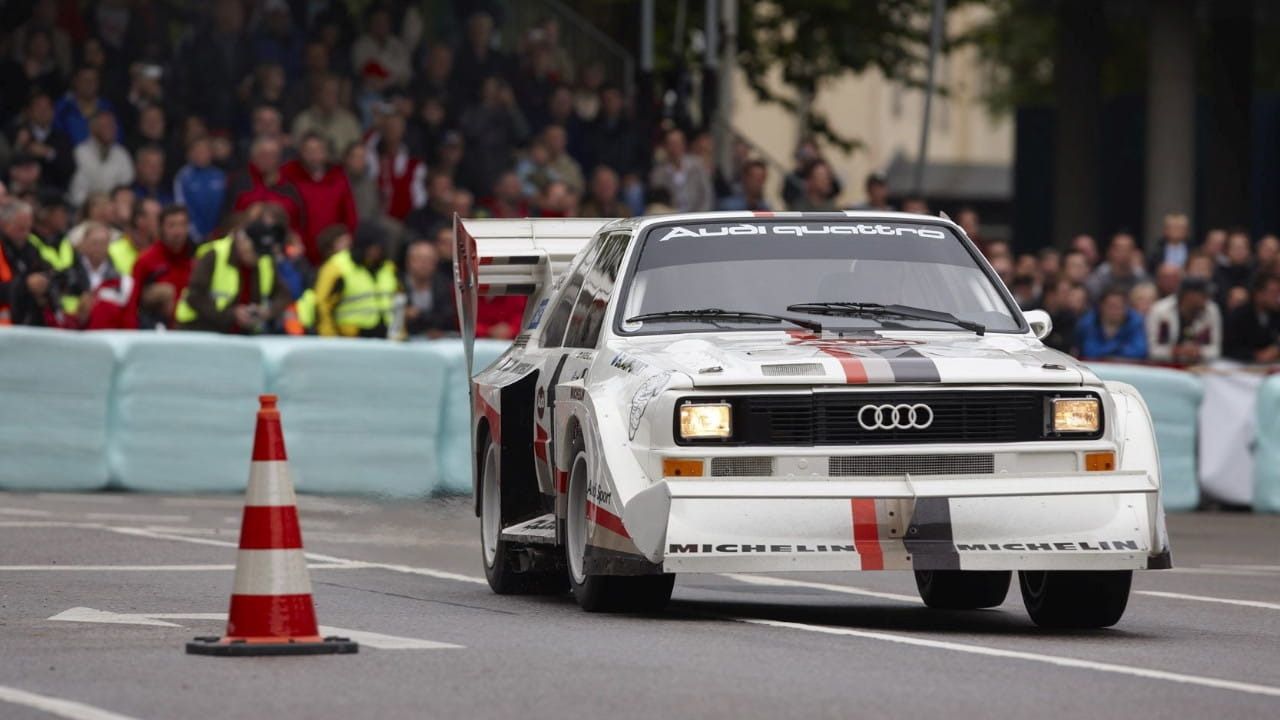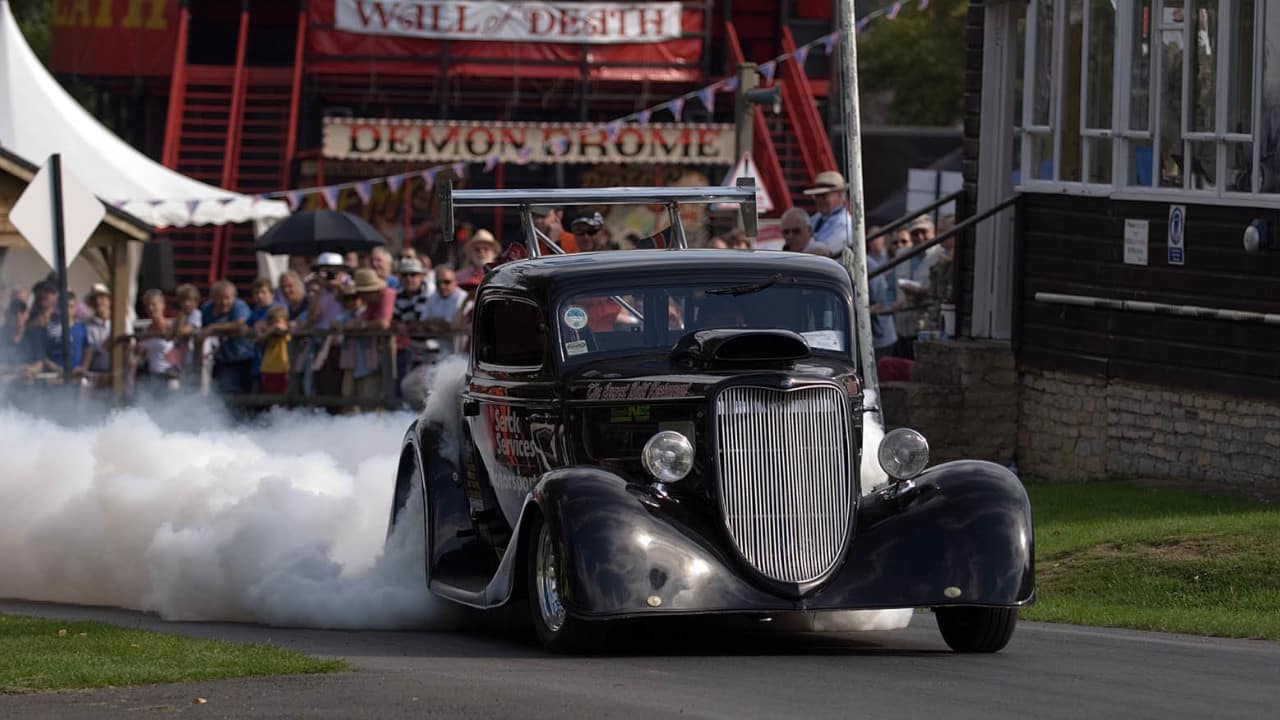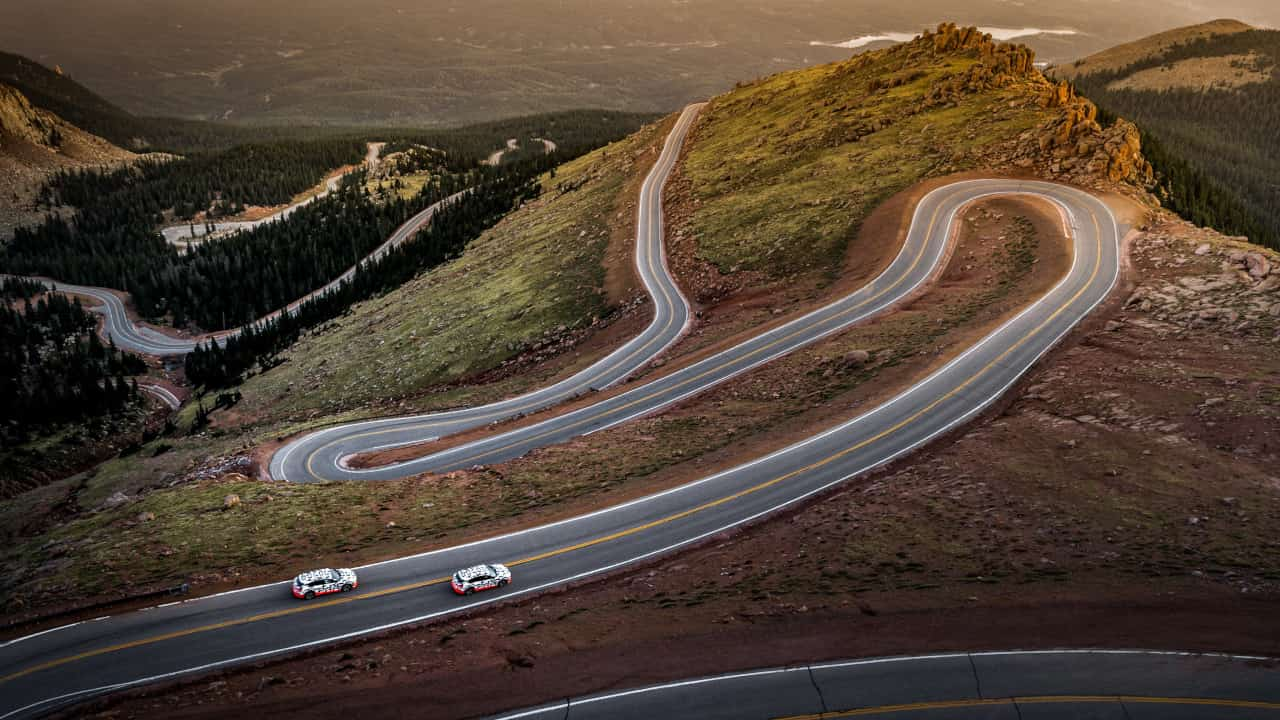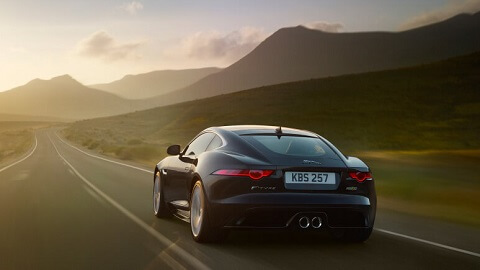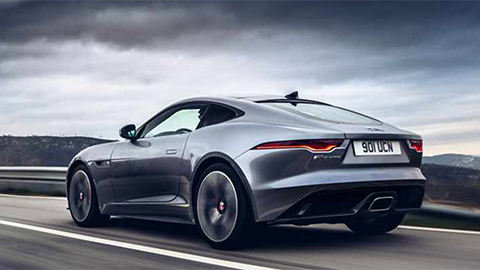What is Hill Climb Racing?
12th Jan 2022
By Edward Cook
The fabled hill climb
Amongst all the disciplines of motorsport, the wonderfully simple hill climb is one of the most exciting there is. Hill climb racing is where drivers go from a start to an end point, uphill, in a time trial format. Whoever gets there in the shortest amount of time wins.
From Pikes Peak to Shelsley Walsh, the fabled hill climb has seen events take place around the globe. Whilst there's no wheel-to-wheel racing involved, it still gets spectators excited as drivers try to beat each other's times.
We take a deeper look into the sport of hill climb racing and explain why it is such a popular pastime amongst motorsports enthusiasts.
Hill Climb Courses
As one of the oldest forms of motorsport (potentially the oldest), Hill climb racing is famous all over the world for its thrilling on-the-edge action, and is particularly popular in North American and European countries, including Britain.
The Pikes Peak International Hill Climb in Colorado, US, is perhaps the most famous and demanding course in the world. Also known as 'The Race to the Clouds', it is 12.42 miles long and has 156 turns.
European hill climb courses include (closed) public roads, and the absurdly-dramatic Trento-Bondone course in Italy which has a 7.9% gradient and a total running length of 10.75 miles.
UK hill climb courses present their own unique challenges and are usually much shorter than their European and American counterparts. The most notable include Shelsley Walsh, which was first used in 1905, and the short but exhilarating Prescott hill climb.
King of the hill
There are many different types of hill climb racing cars, but generally they can be separated (as with all racing cars) into open (single seater) and closed cockpit.
Reduced weight and maximum downforce are often key priorities when building a hill climb car, helping them to achieve unbelievable levels of grip and mind-blowing cornering speeds. Coupled with the (in many championships) unrestricted power outputs, these cars are faster than most, especially when tackling an ascent.
In the British Hill Climb Championship, cars competing in the 3.0-litre class regularly produce over 750bhp, while cars competing internationally will sometimes be over 1,000bhp, which is similar levels of power to that produced by modern Formula 1 cars.
More recently, electric cars have taken hill climb racing by storm, with the Volkswagen I.D. R setting new records at both Pikes Peak and Goodwood.
Hill Climb Championships
The British Hill Climb Championship takes place during the summertime, beginning in April and ending in September. It includes dates at impressive venues such as Harewood and the previously mentioned Shelsley Walsh and Prescott.
The European Hill Climb Championship has been running since the 1930s and is held across Europe on different public roads. Several countries have taken part in the championship competitively, proving just how popular the events can be.
Hill climb racing also extends to other countries around the world, including the US, New Zealand and Kenya. These events often offer spectacular backdrops and some incredible footage can be found online of highly-talented drivers tackling the various ascents.
Stratstone's hill climb history
Hill climb racing is as popular as ever, both in the UK and around the world. With ever-improving technology, both individual and factory-ran teams continuously strive to break the records.
At Stratstone, hill climb racing is engrained into our history; Ernest Instone, one of our founders, won the Shelsley Walsh hill climb in 1905, driving a Daimler. If you would like to read more, our blog section is home to a wide range of articles.
Where to next?
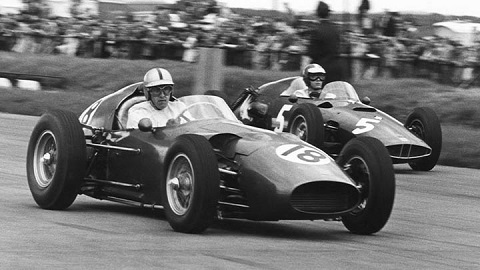
History: Aston Martin Racing

